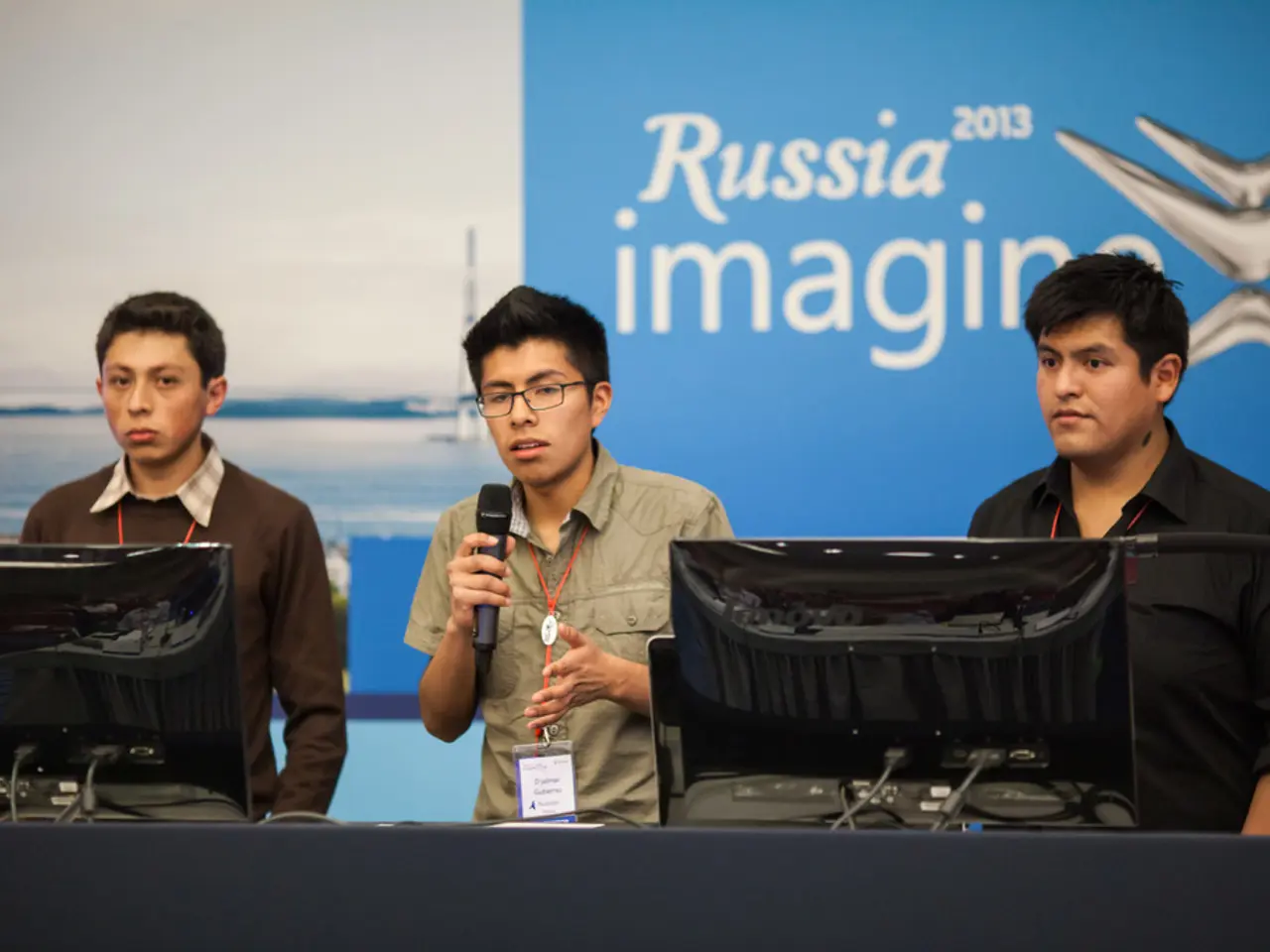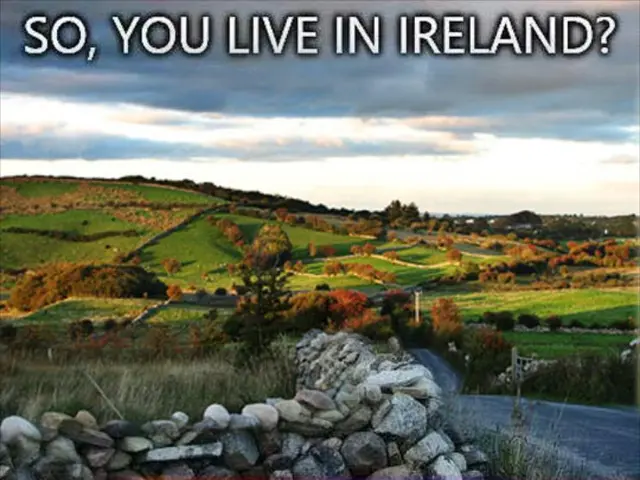Trump and Putin: A History of Tension
Donald Trump and Vladimir Putin are set to meet for a summit in Alaska on Friday, marking their second one-on-one meeting since the 2018 Helsinki summit. This upcoming meeting will focus on ending Russia's invasion of Ukraine, a conflict that has been ongoing since 2014.
In 2018, during their first summit in Helsinki, Trump described the meeting as a "feel-out meeting" to evaluate Putin's readiness to negotiate an end to the war. Putin, on the other hand, expressed a desire to mend relations between Washington and Moscow. The Helsinki summit resulted in both leaders expressing a desire to improve relations between the United States and Russia.
However, the defining moment in their relationship remains the July 16, 2018 summit in Helsinki, Finland. This meeting, which lasted for two hours, was marked by controversy when Trump appeared to take Putin's denial of Russian interference in the 2016 US presidential election at face value, causing an uproar during the press conference.
Since then, Trump's stance has evolved. Despite initial warnings of "severe consequences" if Putin did not cease hostilities, Trump has refrained from imposing new pressures on Putin after their August 2025 meeting in Alaska. Instead, Trump has appeared to shift focus away from demanding a ceasefire, putting no new burdens on Russia while urging Ukraine toward negotiated compromises or a "deal" that might indirectly benefit Putin’s strategic aims.
This approach has raised concerns among some, including Democratic Senator Jeanne Shaheen, who fears that Putin may view the summit as a reward and an opportunity to prolong the war in Ukraine instead of seeking peace. Trump's stance has also been criticised for not doing enough to support Ukraine's sovereignty.
Meanwhile, Putin continues to pursue the goal of reincorporating Ukraine into a "reconstituted Russian empire," openly asserting that Russians and Ukrainians are "one nation." Since 2014, Putin has been gradually taking Ukraine territory piecemeal, violating agreements and ceasefires, and aims to make Ukraine a submissive state akin to Belarus.
As of August 2025, the relationship between Trump and Putin remains strategically favorable to Putin, particularly regarding the Ukraine conflict. Trump has expressed anger with Putin for pressing on with the three-year-old war in Ukraine, but has yet to take significant action to halt it.
The summit in Alaska presents an opportunity for both leaders to discuss the ongoing conflict in Ukraine and potentially find a resolution. Whether this will lead to a significant shift in policy remains to be seen.
[1] Source: Various news reports and analysts' interpretations.
- Despite the ongoing war-and-conflicts in Ukraine, the world is watching closely as Donald Trump and Vladimir Putin prepare to discuss an end to the conflict during their summit in Alaska, marking their second one-on-one meeting since the 2018 Helsinki summit.
- In the realm of politics, the summit's potential impact on the Ukraine crisis has raised concerns, with some, like Democratic Senator Jeanne Shaheen, fearing that Putin may view the meeting as a reward, possibly prolonging the war rather than seeking peace.
- As general-news outlets continue to monitor the situation, attention has also been drawn to Putin's long-term goal of reincorporating Ukraine into a "reconstituted Russian empire," a goal that has been evident since 2014.







